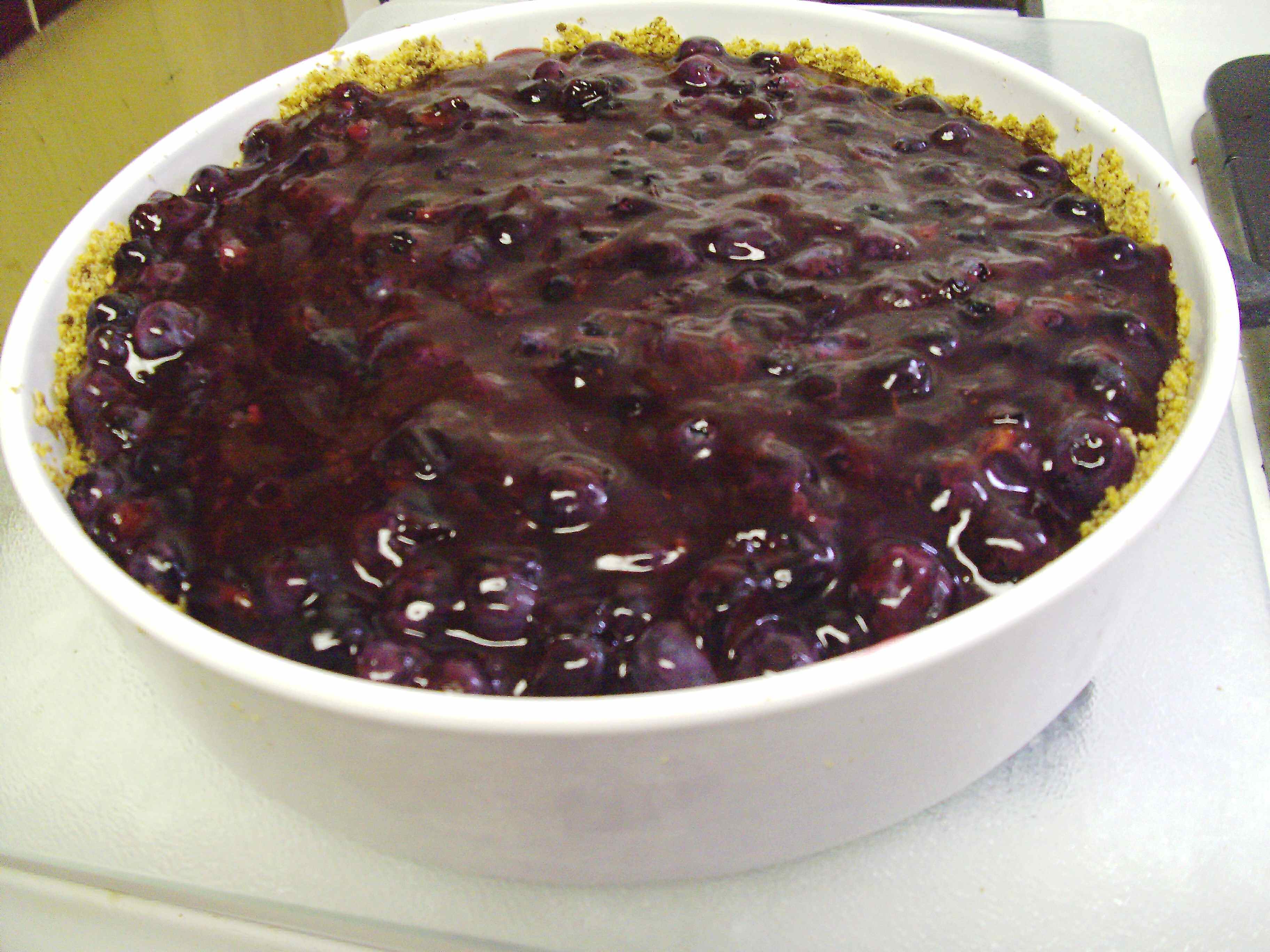The Center for Science in the Public Interest has found itself swamped for choice in its 2015 Xtreme Eating “awards” list.
What’s the highest calorie chain-restaurant meal in America? (LA Times online, 6/3/15)
The entries are frightening–typically 1-2 days’ worth of calories, 3 days’ worth of saturated fat and sodium, huge oversized amounts of food. One steakhouse platter with so much hamburger meat–not even steak–seven burgers, each piece topped with cheese or at least cheez–it’s like eating several Double Whoppers at once. Ice cream float-type concoctions with no actual pie but pie crust pieces crumbled on them. They start at 32 ounces. Which is clearly the new 20 ounces if you actually read through the horrible meal descriptions, because another chain’s sweet tea is only offered in a 32 oz size as well. That’s a quart. For one person. There’s a 900-calorie margarita in there somewhere at 24 ounces.
I’m sure Michael Jacobson, CSPI’s president, never dreamed there’d be something fully twice as bad on any restaurant menu as fettucine Alfredo, which he termed “a heart attack on a plate” only what, 20 or so years ago?
What the hell is going on here? The chains may be cutting down slightly on artificial colors and trans-fats and GMO ingredients, but they’re serving meals with an entire day’s worth of calories embedded in the endless parade of glop that is routinely slathered on otherwise reasonable-sounding main ingredients like chicken breast (note: a top offender for hidden sodium in the “healthy” chain offerings, especially on salads). “Special” sauces, breadings, cheese, frying oil, stuffings, dips, and less-announced coatings (the problem with the chicken) that add surprising amounts of sweet, salt and/or fat. Chipotle isn’t on CSPI’s wall of shame over this, but it’s just as true of them as of any of the others–their meals typically run 500-800 calories for a burrito without chips, guacamole or salsa (not to mention sour cream and added cheese), and the same number of milligrams of sodium.
The meal insults listed on CSPI’s site consist of huge portions that could more normally serve four people, not one. Dishes are never less than 3″ high and cover every square millimeter of the plate. Burgers are multiplied–if one or two are okay, six or seven must be even better. Vegetables have disappeared, of course.
Accessories double or triple the calorie, fat and sodium counts of the full “meal”: caesar salad, fries, biscuits, half-gallon drinks, whole quarts of ice-cream-related desserts. Why is this gargantuan approach even appealing?
They didn’t list Baskin-Robbins 31 Flavors, but maybe they should have–a couple of years ago I took my daughter there for a post-diabetes-diagnosis ice cream cone so we could do something normal for summer, albeit with a shot of insulin (it was a new experience) and we got the entire brochure of offerings when we asked for the nutrition info. The single cone, no lightweight for any of the flavors at about 250-300 calories (double or triple what it would be for Dreyer’s/Edy’s half-the-fat, our standby) and 25-30 grams of carb (also double the D/E per serving), turned out to be a best bet. Some of the sundaes were getting to the 20 oz. range, with over 1500 calories and two days’ worth of carb and fat. The soft serves were actually the worst nutritionally, much higher in calories, carb and fat than they look for the volume you get–and especially given how plain the flavors always are.
Overall, the picture of chain food is not lookin’ good. It’s a nightmare of shameful, pointless stuntlike excess, the stuff parodied in Wall-E and Idiocracy among other movies from the past decade. Only as one of the CSPI judges remarked, it’s become the new normal, and much faster than the screenwriters imagined. Maybe we should all look at the before pictures of the participants on The Biggest Loser, as shown in all the accompanying guidebooks (see your local Friends of the Library bookstore) and ask ourselves if we really want to do that. Because that’s a lot of work.
Filed under: Diabetes, Eating out, Food Politics, nutrition, unappetizing | Tagged: calories, CSPI, extreme eating, fast food, food, Michael Jacobson, obesity, saturated fat, sodium | Comments Off on Chain-restaurant excess strikes again



